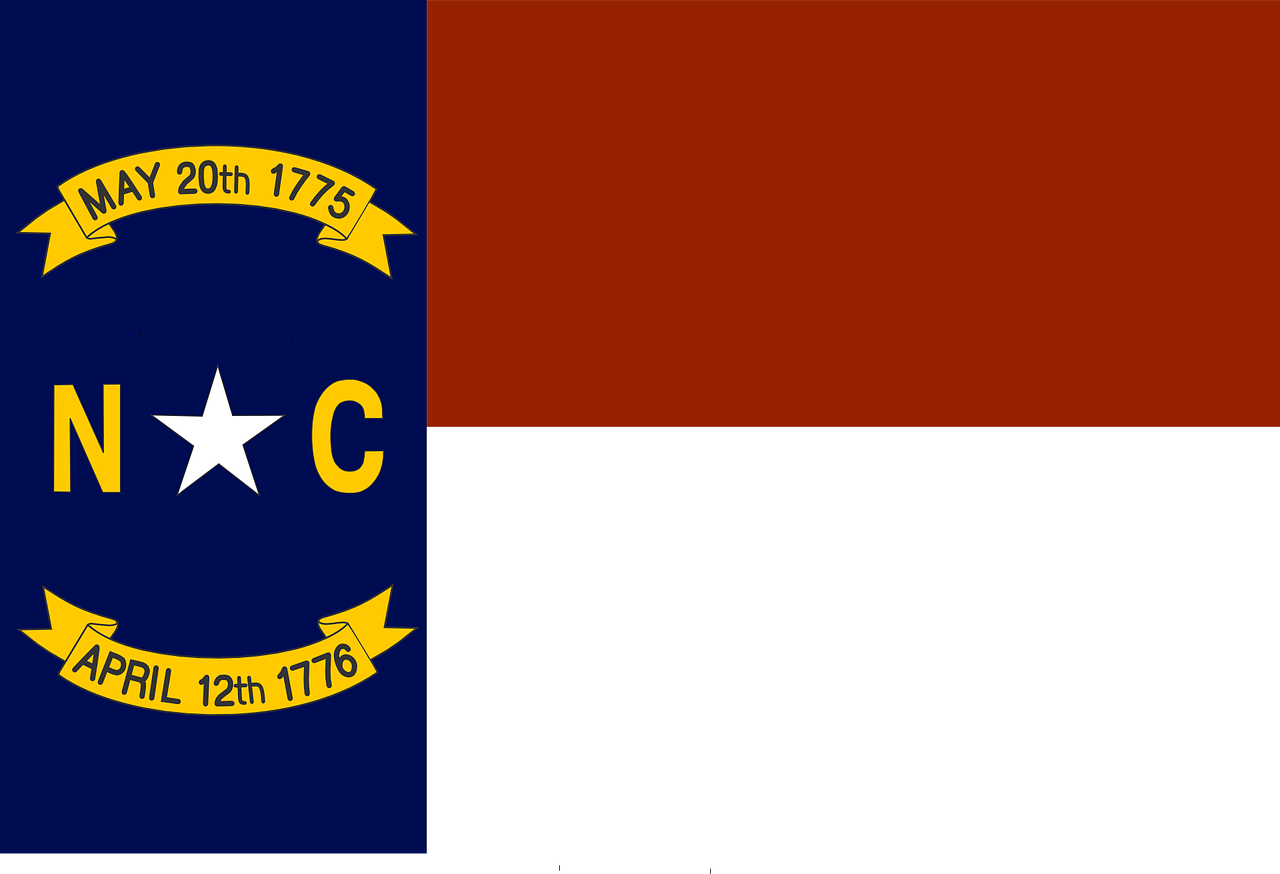North Carolina drivers will soon see more automated enforcement in school zones, thanks to a newly passed law aimed at improving safety around schools. A recently signed bill allows for the installation of speed-detection cameras in designated school zones, enabling local governments to issue civil penalties to drivers caught speeding. This move is designed to protect students and encourage safer driving habits during school hours.
The Purpose Behind the New Law
The goal of the legislation is straightforward: reduce speeding in areas where children are most vulnerable. School zones are busy, high-risk areas where even a few miles per hour over the speed limit can lead to severe consequences. Lawmakers and community leaders have voiced concerns over frequent violations in these zones and the dangers posed to young pedestrians. By introducing camera enforcement, the state hopes to reduce those risks significantly.
Unlike traditional traffic enforcement, these cameras offer a constant presence, capturing images of vehicles that exceed the posted speed limit in designated school zones during active school hours. The presence of speed cameras has been shown in other regions to reduce violations and enhance driver awareness.
How the Camera Enforcement Works
Under the law, municipalities and counties in North Carolina can now partner with approved vendors to install and operate speed cameras in marked school zones. These devices will detect and record vehicles exceeding the posted speed limit, particularly during times when children are arriving at or leaving school.
When a violation is recorded, a notice will be mailed to the registered vehicle owner. Importantly, these violations are treated as civil offenses rather than criminal charges. That means no points are added to the driver’s license, and the infraction doesn’t affect auto insurance rates. However, fines will apply—up to $100 per violation, depending on the local jurisdiction’s implementation.
Where and When Cameras Will Be Installed
Each city or county that chooses to adopt the technology will determine its own implementation timeline. Local governments must also post visible signage to alert drivers of the presence of speed cameras. These signs must be placed in advance of the school zone and should clearly indicate when camera enforcement is active.
The enforcement period will typically coincide with school hours—generally from early morning to mid-afternoon. This ensures the focus remains on protecting children during times of high foot traffic.
Revenue and Its Use
One of the more significant provisions in the new law is the allocation of collected fines. Money generated from camera enforcement won’t be absorbed into the general budget. Instead, the law mandates that a majority of the revenue go directly toward local school systems. Funds may be used to enhance school safety measures, such as improved signage, crosswalks, flashing lights, and additional security.
This aspect of the law adds a dual benefit: it encourages drivers to slow down, and it provides direct financial support for educational institutions.
Public Reaction and Concerns
As with many traffic enforcement tools, public opinion is mixed. Supporters argue that this measure provides much-needed protection for children and school staff, particularly in high-traffic areas where speeding has been a recurring problem. They point to studies that show automated enforcement can significantly decrease the number of speeders in school zones.
Critics, however, raise concerns about government overreach and privacy. Some believe that automated enforcement systems remove the human element from traffic policing and can lead to misidentification or unfair ticketing. Additionally, there are worries about whether the cameras will be maintained properly and used strictly for their intended purpose.
To address these concerns, the law includes stipulations requiring accurate calibration of the cameras, a process for contesting violations, and transparency in how funds are managed and spent.
What Drivers Should Do
If you regularly drive through school zones in North Carolina, now is the time to become more aware of posted speed limits—especially during school hours. Watch for signs indicating speed camera enforcement and slow down accordingly. These cameras are designed to hold drivers accountable, and avoiding a citation is as simple as following the rules of the road.
Even if you’re not in an area where cameras have been installed yet, the presence of this new law suggests that more municipalities will be adopting them in the near future. Staying cautious in school zones isn’t just about avoiding fines—it’s about keeping children safe.
Looking Ahead
The introduction of speed cameras in school zones represents a growing trend across the country. North Carolina is joining other states in using technology to improve traffic safety and reduce risky driving behaviors. Whether this initiative becomes widely adopted will depend on local support, proper implementation, and consistent results.
One thing is clear: the safety of schoolchildren is a top priority, and the state is taking concrete steps to ensure their protection on and around campus grounds.

